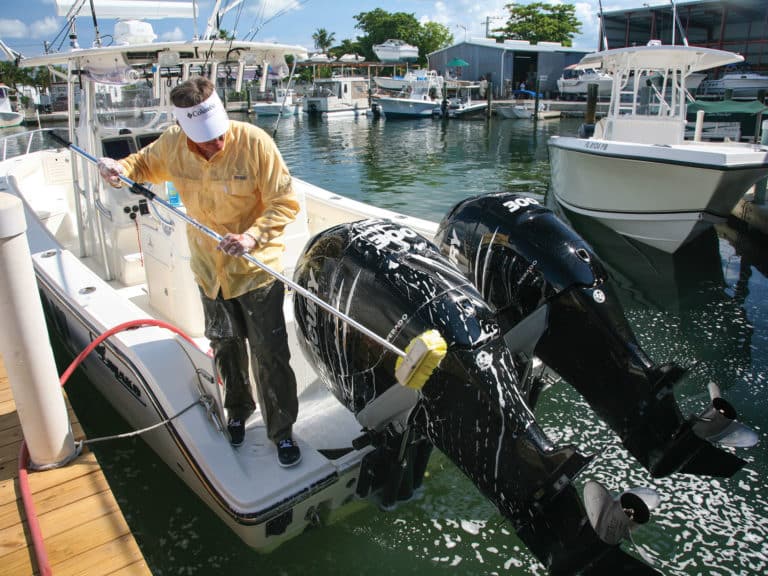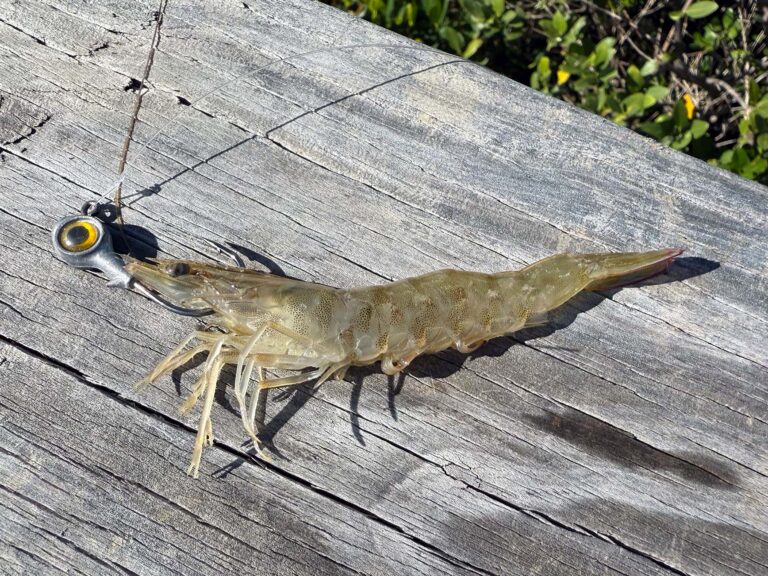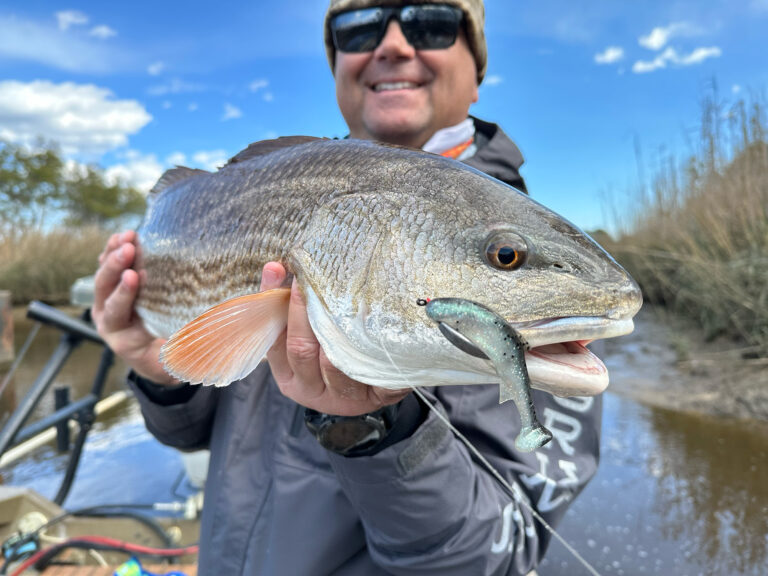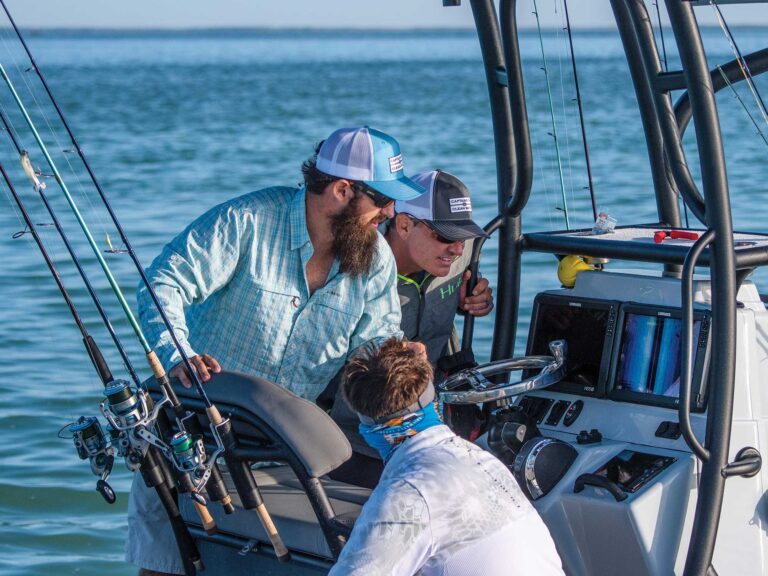
If you think of Ray Bergman, Art Flick, Eric Leiser, Ernie Schwiebert, Al Caucci, Doug Swisher and Carl Richards among others, you’ll come to the conclusion that many freshwater fly-rodders are incredibly focused, observant and precise. Their precision comes from their careful and thorough study of their total environment as well as their sensitivity to how it all interacts. Kenney Abrames brings that same level of intensity to the Northeast salt.
I remember fishing a flat with Abrames near my home many years ago. There was a sand spit that turned into a cobble bar that dropped off into a channel. Lots of seals lazed in the hot sun, and when they moved, their blubber resembled a bowl of Jello. If you think cormorant scat baking in the sun smells rank, try sniffing the remains of a seal’s striped bass lunch. I endured the aroma only because there were thousands of bass concentrated between the seals and Abrames and me.
Abrames studied the bass for a while before approaching. He saw how the current was interacting with the wind and how they both matched up with the different depths and structure. The sun was bright overhead, and when the tide started to flood he stealthily waded up with enthusiasm.
With a characteristically smooth, rhythmic cast, Abrames worked out line on a slow-action 10½-foot rod that he’d designed and manufactured himself. He set the head down on the water and waited until the fish caught the current, and with one false cast, he dumped the entire line, stripped in the slack, and began his retrieve.
The fly, his L&L Special, was about 7 or 8 inches long. It undulated in the current and a good bass turned. It swam up leisurely to the fly, opened its mouth and sucked it in. It was a perfect fish, a 30-some-inch flats bass that weighed 14 pounds.
Abrames continued to hook a fish on each of his next casts for about 45 minutes until a cloud moved in front of the sun. On that next cast, he did not catch a fish and immediately changed flies. The catching resumed and Abrames hammered fish until the cloud disappeared. On his first cast without a hookup, he changed flies again, and his numbers continued to rise until the tide forced us to retreat to my boat. I added an L&L Special, a Bullraker and a Sure Thing to my fly box after that trip.
Fly-rodders who double as bird hunters love catching fish on flies they tied with feathers from birds they harvested. I would imagine Abrames experiences a similar gratification from catching a fish on a rod he designed on a fly he created tied from feathers he helped develop that he dyed to perfection.

Abrames is a Rhode Islander, and folks from the Ocean State are intimate people. I suspect that, because they hail from the smallest state in the union, they grow up with a unique closeness to people and places. The smaller size and scope begets depth, and that is evidenced in their outlooks on life. They prize strong and deep relationships with people and their environment. Their knowledge extends far beyond the surface.
Abrames learned the basics of fly-fishing for stripers from his dad in the late 1940s. For many years, he earned his living as a charter boat captain out of Point Judith and successfully fished commercially for giant tuna. Abrames was an early member of the Rhody Fly Rodders (where he held a number of leadership positions) and taught thousands of anglers over the decades in his free, weekly, on-the-water/learn-to-fish workshops. He’s lectured about fishing throughout the country at consumer shows, at conservation organizations and at fly shops, and he maintains a wonderfully educational website, stripermoon.com. He is a fisherman through and through and has elevated all anglers’ level of play, mine included.
What makes Abrames unique is his vision. He is first and foremost an artist, which means that he has keen insight into things that others don’t see. Whether he paints with egg tempura, watercolor or oil; creates liturgical statues that grace churches and chapels throughout his state out of epoxy; or experiments with clay, metal, glass and even photography, he is conscious of color and materials. The sum of his life’s experiences combined with his love of fly-fishing can be found in his first book, Striper Moon; his second book, A Perfect Fish; or any of his hundreds of patterns of flat-wing flies, all of which are magical works of art. (That’s not all. They work even better than they look.)
Abrames is best known for introducing flat wings to American anglers. A flat wing has its hackle tied in at the tail and parallel (horizontal) to the hook shank, which allows the fly to suspend naturally in the water. His flies are sparsely tied with blended colors. Because commercially available hackles were unsuited to his tastes and preferences (the stems were too thick, which restricted movement), he worked to create his own. The result was a very long and thin-stemmed hackle that moves with a natural side-to-side movement in the water. And to these thin-stemmed hackles he blends color in ways only an artist can. Color blending is a wonderful way to create flies that take so many of the environmental elements into account. Light, current, reflection, refraction, depth, translucency and everything else that simulates life is incorporated into every step of a fly’s construction.
So rather than simply tying green bucktail to a shank, Abrames will blend a combination of blue and yellow fibers. His is a brilliant way to achieve a pattern that consistently hooks fish.
Abrames ties flies based on what the fish sees. In order to do that he has to tie a fly from the way a baitfish looks underwater. Take the silverside, for instance. It has a dominant silver lateral line that reflects light when it is out of the water. When that same baitfish is in the water, that line looks very different. On a cloudy day the line is barely visible, and when the bait is swimming over a kelp bed it takes on a greenish tint. When it’s swimming over sand it has a tan color. To see what I mean check out the images that Mark Archambault photographed for Abrames that are on his stripermoon.com website. What is important to note is that the fly that most closely resembles a baitfish in its natural environment will catch more fish. And it’s the reason Art Flick used the urine-stained, underbelly fox fur for his outstanding trout fly, the Hendrickson.
Abrames’ strategic, thoughtful and artistic approach about all things fly-fishing, including how currents, lunar phases, color, baitfish and predators interact, raises the fly-fishing bar higher. He elevates anglers’ level of play, engages them to fish smarter and more creatively, and encourages them to share their insights with others. Over the decade, Abrames has built a community of fly-fishermen, and if you meet up with him on the water, you’ll see what I mean.









